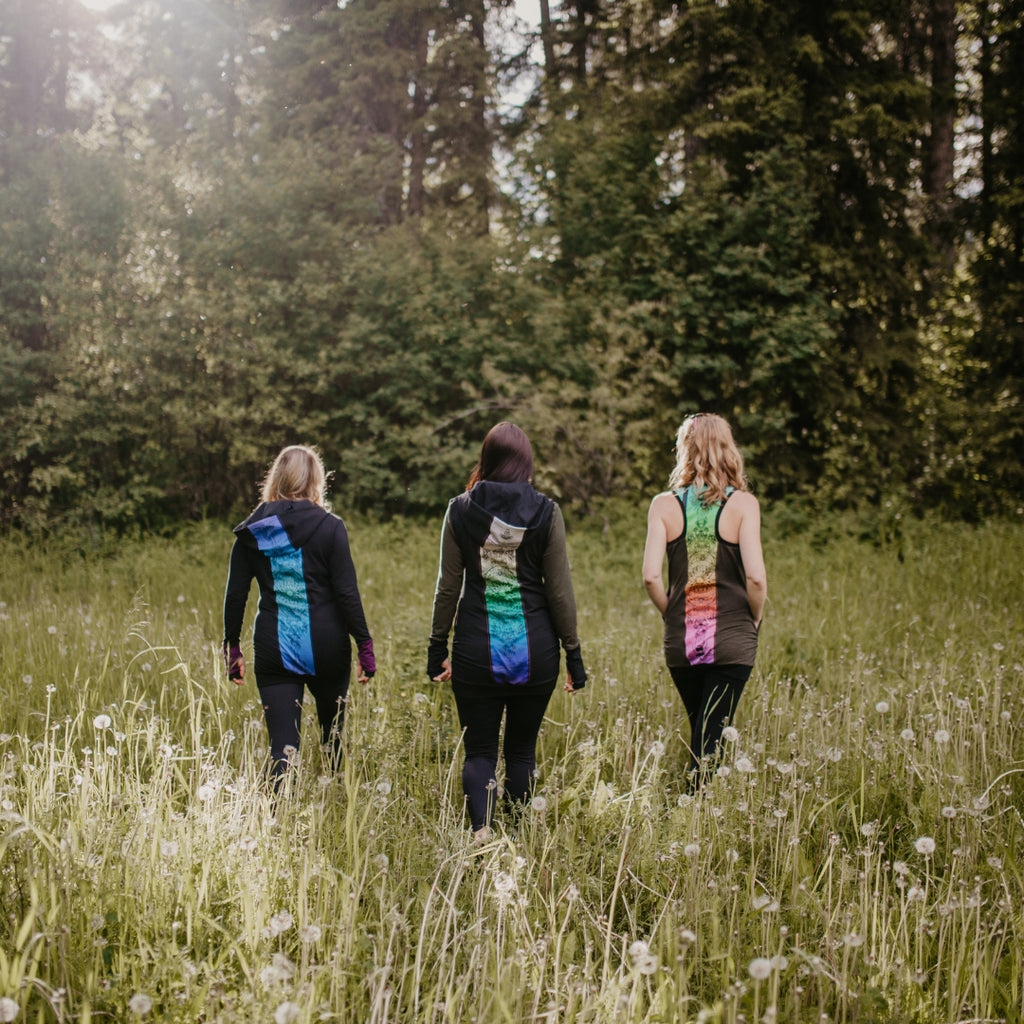"All clothes are made by hand"
Posted by EMMA STEVENS

I hope this spotlight on Canadian-made products will encourage people to think about their shopping choices, where their purchases come from, and the impact of their decisions on others and the planet.
It frustrates me that clothing has become disposable. We've forgotten that all clothes are made by hand, and I wonder why only some garments are valued enough to be paid for appropriately. Why do we neglect how workers and the planet are treated and instead focus solely on getting the cheapest prices possible?
We have all been conditioned to believe that textiles should be inexpensive, which skews our understanding of the manufacturing process and normalizes overconsumption. We live in a "throwaway" culture, where items from clothing to coffee cups are discarded without a second thought.
Fast fashion has transformed the apparel industry, but not for the better. Behind every piece of clothing lies an industry that depletes the Earth's limited resources and exploits the labour force in its garment factories.
The fast fashion industry is fraught with ethical issues, including human rights violations and poor working conditions. Shockingly, over 250 million children are involved in the global textile and clothing industry, working long hours and breathing unhealthy air.
The clothing industry also has a significant negative impact on our planet. This includes overflowing landfills, excessive water usage, chemical runoff, climate-altering carbon emissions, contamination of freshwater sources, air pollution, ocean degradation, deforestation, ecosystem damage, and the spread of microplastics.
Textiles can take up to 200 years to decompose in landfills, and the average person disposes of around 37 kg of textiles each year, roughly equivalent to the weight of 111 books or a baby rhino! Remember, nothing we produce ever truly disappears; it returns to nature or contributes to pollution.
I am not saying don't go shopping because shopping is fun. All I want is for you to think about your shopping habits. We should prioritize quality over quantity, support transparent supply chains, and act as responsible consumers. Let's create a wardrobe that reflects our values and contributes to a sustainable world.
Together, we can make a positive impact by reducing the fashion industry's environmental footprint while promoting fair practices for a healthier world for all.
Let’s focus on building a wardrobe that reflects our values, supporting sustainable materials and responsible production methods. By doing so, we will make thoughtful fashion choices and actively contribute to a healthier planet and a more equitable world for all. Together, we can make a significant difference.
Remember, we are a human team. I just want you to think about where you spend your money, who gets paid, whether chemicals are in the fabrics, and how often you think you will use/wear the item.
The concept of becoming 1% better each day, as suggested by James Clear in his book "Atomic Habits," illustrates how small, consistent improvements can lead to significant results over a year.
Do we really need this? How many times will I wear it? Do I need to drive, or can I walk? Am I going out for tea today, so should I pack my cup? Can I buy that locally? Can I use those old T-shirts as rags? Can I take my child to the thrift store for toys instead of buying them on Amazon? And do I need to waste that food?
Or check out my new artists collaborations Learn More
Or learn more about the fabrics I use on my blog Why I use Tencel Fabric


